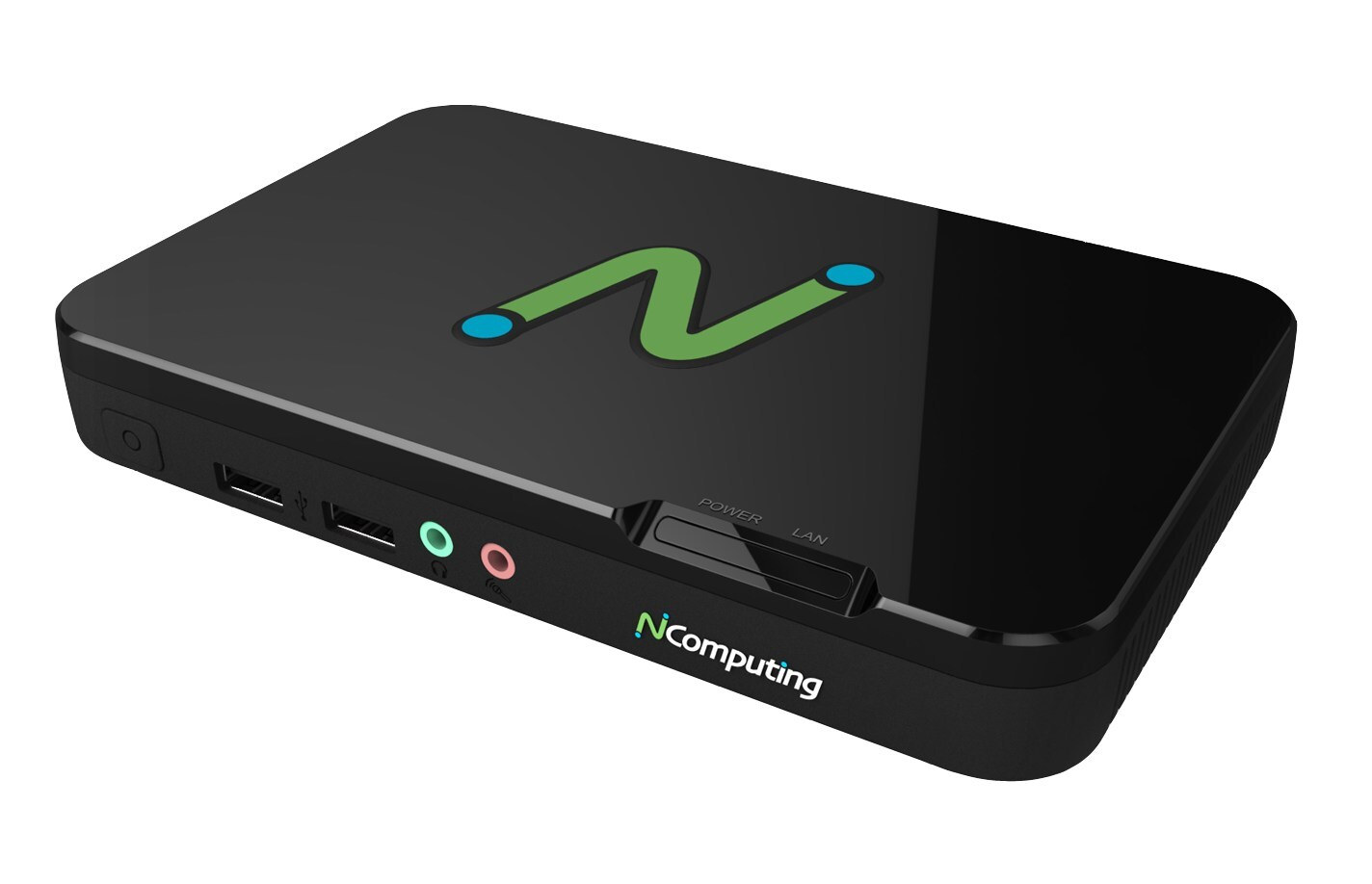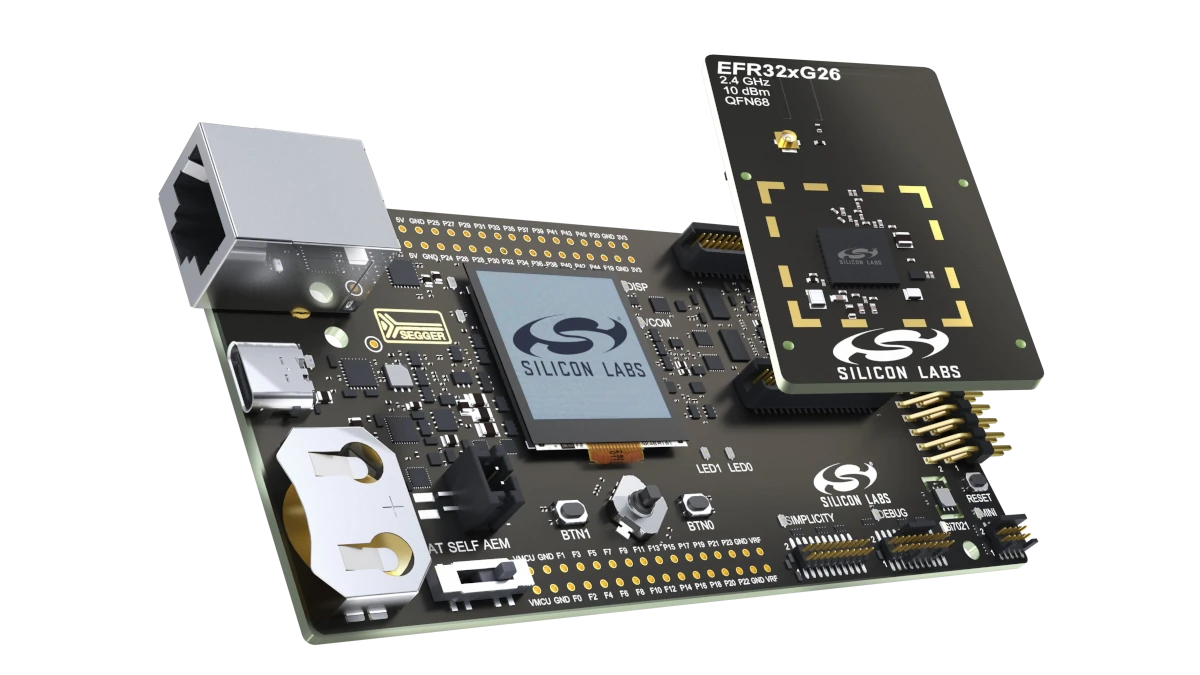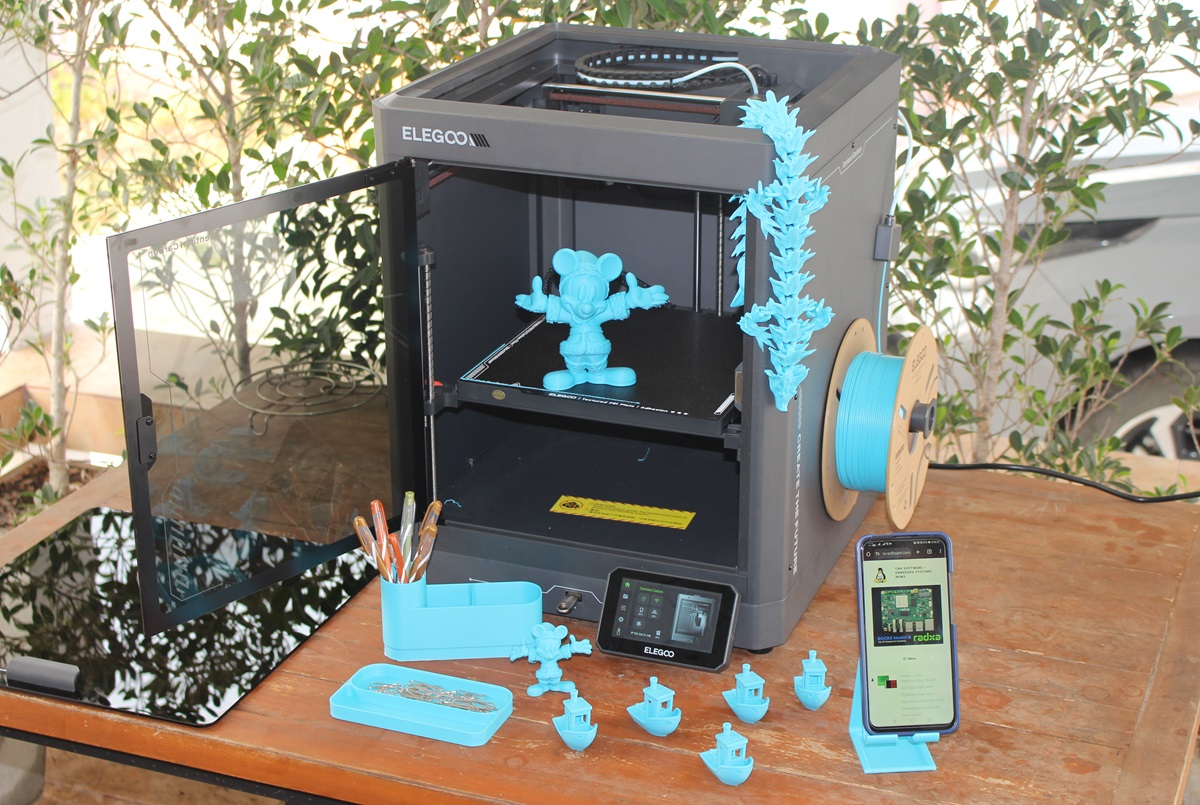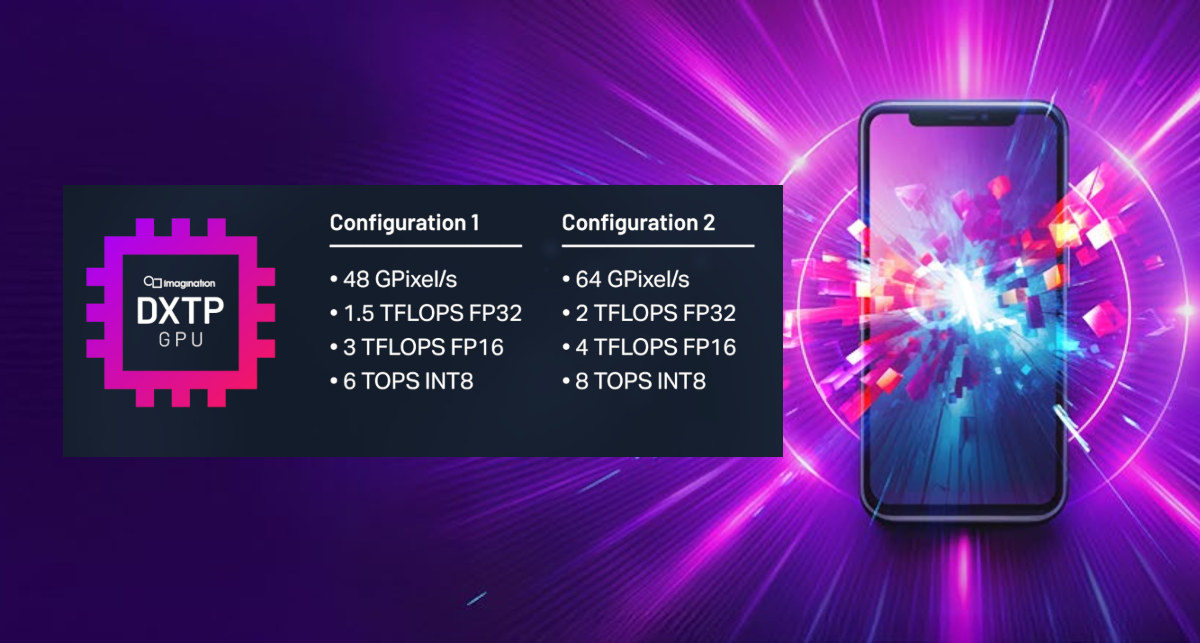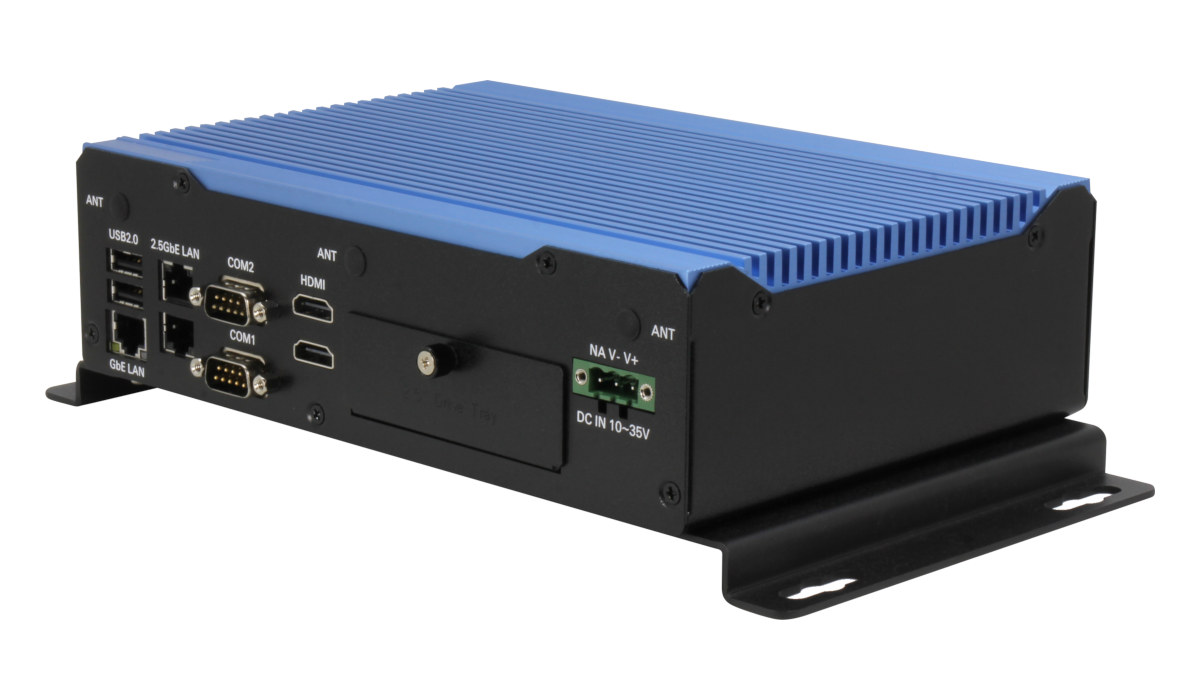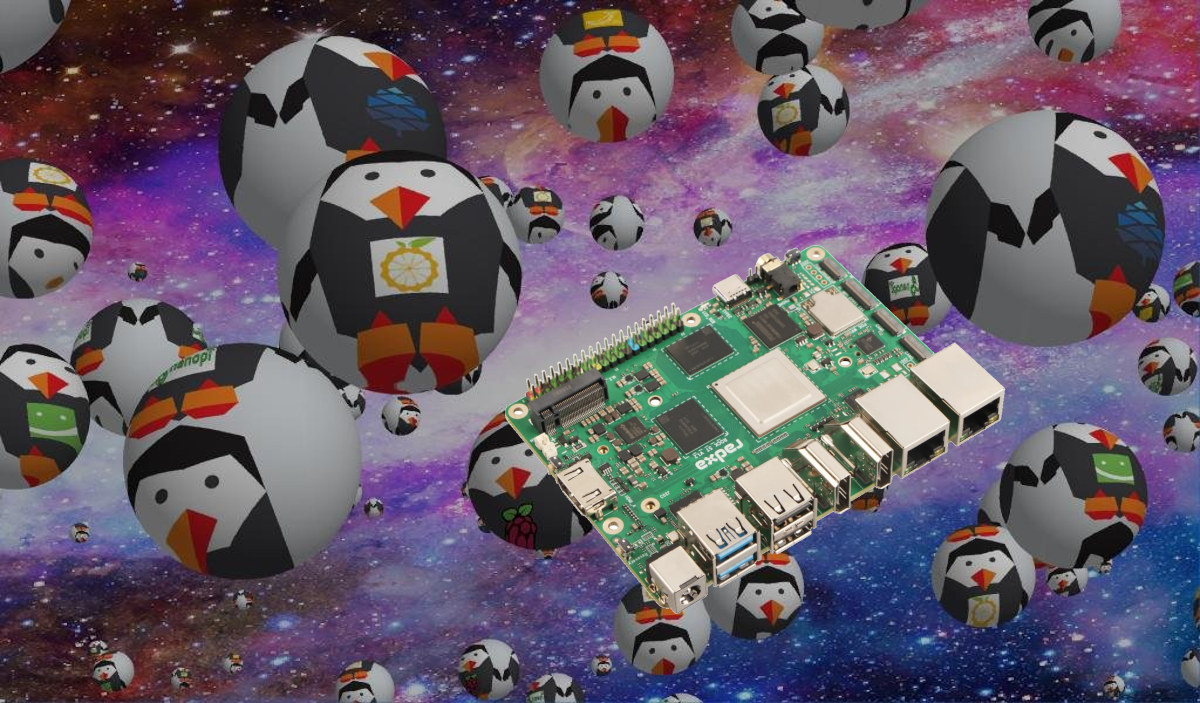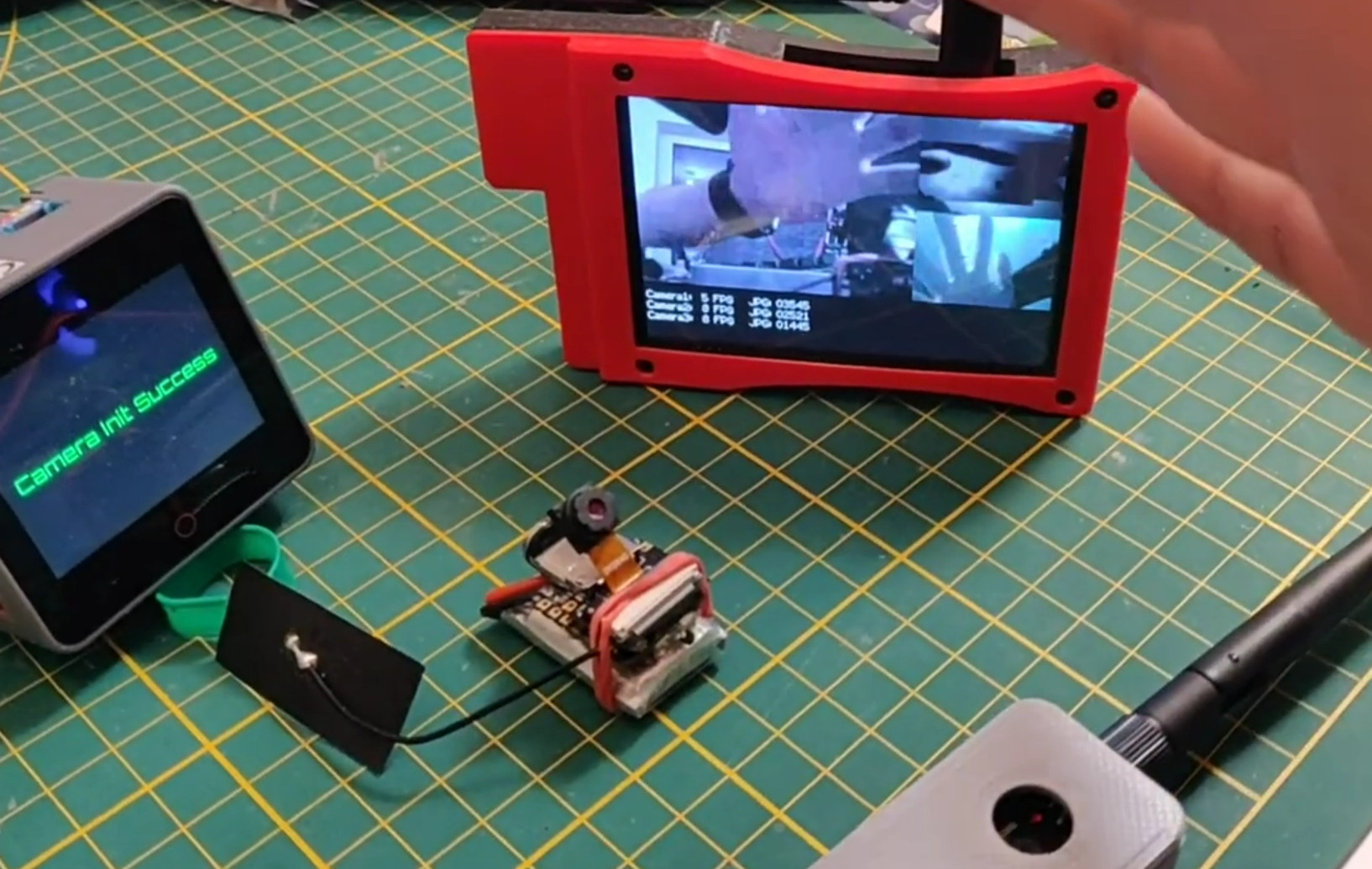NComputing RX540 is a thin client powered by the Raspberry Pi CM5 that works with Citrix, Microsoft Azure Virtual Desktop (AVD), Windows 365, Remote Desktop Services (RDS), and NComputing’s own vSpace Pro and VERDE VDI platforms. Omnissa Horizon integration is expected in March 2025. We first covered NComputing when the company released the RX300 Raspberry Pi 3-based Thin Client in 2017, which we reviewed with Windows Server 2016 the same year. Since then, the company introduced the RX420(HDX) Raspberry Pi 4 Thin Client compatible with Citrix HDX in 2020, and now they’ve introduced their first Raspberry Pi Compute Module-based hardware with the CM5-powered NComputing RX540 thin client, and there’s also an RX580 model with 8GB RAM and internal storage available upon request. Ncomputing RX540 specifications: SoM – Raspberry Pi Compute Module 5 SoC – Broadcom BCM2712 CPU – Quad-core 64-bit Arm Cortex-A76 processor @ 2.4GHz GPU – VideoCore VII GPU […]
Silicon Labs MG26 development kits and SoCs are now available for Matter and multiprotocol Smart Home applications
Silicon Labs MG26 is a new family of Arm Cortex-M33 wireless SoCs designed for Matter or multiprotocol Smart Home applications that provide an update to the MG24 with more memory and storage, additional GPIO, a 4×40 LCD controller, and an integrated AI/ML accelerator. We first covered the new wireless microcontroller family in April 2024, but the company has now published a new press release announcing the general availability of the MG26 microcontrollers, and I also noticed some development kits were now available, so we’ll check those out in this post. Silicon Labs MG26 specifications A reminder of the SoC specifications with highlights in bold showing the improvements or differences against the MG24 family: MCU core – Arm Cortex-M33 @ 78.0 MHz with DSP instruction and floating-point unit Memory – Up to 512 kB RAM data memory Storage – Up to 3200 kB flash program memory AI/ML accelerator – Matrix Vector […]
TouchEye dual round touch display module features Raspberry Pi RP2040 or ESP32-S3 MCU (Crowdfunding)
Last December, Debashis wrote about the Waveshare Double Eye LCD module comprised of two round displays that can be useful for robotics or art projects since they can be made to look like googly eyes. The module is designed to be connected to a host MCU via an SPI interface. The TouchEye looks similar but offers larger 1.28-inch round displays (instead of 0.71-inch), and also adds a touch function. Instead of being connected to a host MCU via SPI like the Waveshare model, the TouchEye dual touch display module is a complete board with an onboard MCU that can be either a Raspberry Pi RP2040 or an Espressif ESP32-S3 that also offers WiFi and Bluetooth connectivity. Both boards also feature a USB-C port for power and programming, a microSD card slot, a GPIO breakout connector, and programmable buttons. TouchEye module specifications: MCU (one or the other) Raspberry Pi RP2040 dual-core […]
ELEGOO Centauri Carbon Review – An affordable CoreXY 3D printer suitable for beginners
CNXSoft: When ELEGOO offered us the Centauri Carbon CoreXY for review, Kajornsak was already busy with the review of the Saturn 4 Ultra 16K resin 3D printer, and I was busy (and still is) with other reviews. However, after learning it was suitable for beginners, I asked Kuljira, a high school student learning IT, whether she was interested in reviewing a 3D printer. She accepted and ELEGOO sent a sample for review. I did not provide much support apart from links to my review of the Creality Ender-3 S1 Pro 2-in-1 3D printer (in English) and Kajornsak’s review of the Twotrees SK1 CoreXY 3D printer (in Thai). Apart from that, I did not provide any support except once I told her she might need to add support after a print with spaghetti, and Suthinee helped her take pictures and handle writing a review in WordPress. The review below is a […]
Imagination DXTP GPU promises 20% higher power efficiency compared to DXT GPU for mobile devices and laptops
Imagination has announced the DXTP GPU for mobile and power-constrained devices with up to 20% greater power efficiency than its predecessor, the D-Series DXT GPU for longer battery life for AI applications or complex games. The company says the GPU is suitable for gaming, user interfaces, graphics-rich applications, computer vision, generative AI, and other AI applications designed to run on smartphones, tablets, laptops, desktops, or non-safety automotive products. Imagination DXTP highlights: Two off-the-shelf configurations: DXTP-48-1536 48 GPixel/s 1.5 TFLOPS FP32 (1536 FLOPs/Clock) 3 TFLOPS FP16 6 TOPS INT8 48 ppc Bilinear 3D Textured Up to 96 ppc 2D Dual Rate Mode DXTP-64-2048 64 GPixel/s 2 TFLOPS FP32 (2048 FLOPs/Clock) 4 TFLOPS FP16 8 TOPS INT8 64 ppc Bilinear 3D Textured Up to 128 ppc 2D Dual Rate Mode Bus Interface – AXI, ACE-Lite Compression PVRIC5 Lossless and Lossy Framebuffer Compression ETC and ASTC LDR and HDR Support Microarchitecture improvement – […]
AAEON BOXER-6647-MTH Meteor Lake embedded Box PC features screwless SATA and M.2 M-key trays
AAEON BOXER-6647-MTH is an embedded Box PC powered by Intel Core Ultra 7 155H or Core Ultra 5 125H Meteor Lake processor, and mainly designed for advanced industrial robotics solutions such as AGV (Automated Guided Vehicle) and AMR (Autonomous Mobile Robot). The rugged computer supports up to 64GB DDR5 RAM, is equipped with screwless external SATA and M.2 M-Key trays, offers 2.5GbE networking, four USB 3.2 interfaces, RS-232/422/485 & DIO for cameras, sensors (LIDAR, IMUs, etc…), and actuators for robotics, as well as wireless and cellular expansion via additional M.2 sockets. AAEON BOXER-6647-MTH specifications: Meteor Lake-H SoC (one or the other) Intel Core Ultra 5 125H 14-core (4P+8E+2LPE) processor @ 1.2 / 4.9 GHz with 18MB cache, Intel 7Xe LPG graphics @ 2.2 GHz, Intel AI Boost NPU; TDP: 28W Intel Core Ultra 7 155H 16-core (6P+8E+2LPE) processor @ 1.4 / 4.8 GHz with 24MB cache, Intel 8Xe LPG graphics […]
Armbian v25.2 and DietPi v9.11 released with updated Ubuntu and Debian-based Linux images for single board computers
Vendor-provided Linux images for single board computers are not always working optimally, so this post is a regular reminder that users may want to check out Armbian and DietPi projects mostly supported by the community but also backed by some of the vendors who offload some (repackaging) software work to them. Armbian and DietPi are separate projects, but this month, Armbian v25.2 and DietPi v9.11 were almost released simultaneously. I don’t report on each release (should I?), but they release an update every few months. The last time we had a look at both projects was in September 2024 for the releases of DietPi 9.7 and Armbian 24.8. Let’s see what the new releases have to bring. Armbian v25.2 Main changes: New Boards – Rock 2A and 2F, NanoPi R3S, Retroid Pocket RP5, RPMini, Rock 5T, GenBook, MKS-PI, SKIPR, Armsom CM5, NextThing C.H.I.P, Magicsee C400 Plus Rockchip 3588 Improvements – […]
ESPNowCam library enables ESP32 video camera or data transmission with the ESP-NOW protocol
ESPNowCam is an open-source library for ESP32 camera boards that relies on the ESP-NOW protocol for efficient point-to-point, one-to-many, or many-to-one video or data transmission. ESP32 microcontrollers already support WiFi or Bluetooth connectivity, but the ESP-NOW offers an alternative in scenarios where low latency is required and/or access to a router is not feasible or practical. That’s why we’ve previously seen ESPNOW used in ESP32 drones. As its name implies, the ESPNowCam project leverages the ESP_NOW wireless protocol for ESP32 video cameras, but can also be used for data transmission. ESPNowCam highlights: Transmission modes One transmitter to multiple receivers using the internal ESPNow broadcasting feature (1:N mode) Peer-to-peer (P2P) connections utilizing MAC address targeting (1:1 mode) Multi-sender mode with one receiver (N:1 mode) No need for IPs, routers, or credentials The project was first released in January 2024, but I’ve only noticed it, and it had several iterations since then. […]


